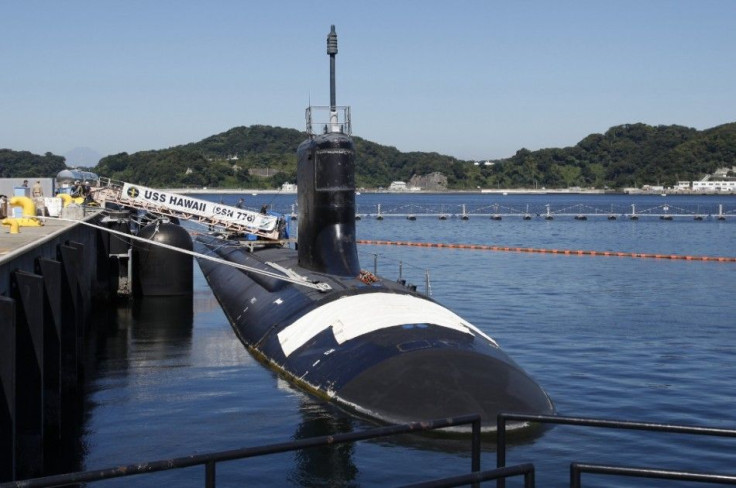German company TKMS in serious bid to bag Australia’s $50 billion submarine project

Australia’s AU$50 billion tender for new generation submarines has attracted global interest. Among the main bidders include German submarine builder ThyssenKrupp Marine Systems or TKMS, which is making a determined bid effort to win the project by showcasing its credentials and readiness to meet the Australian government’s requirements for the project.
Australia is keen to build the submarines at the South Australian facility. If the submarine project is executed within Australia, it will open up thousands of jobs and also retain many high skilled jobs in the sector.
Offering to build the submarine in the most cost efficient manner, TKMS said, it is ready to explore all options—it can execute it in Germany or do it in Australia without any issues on skilled workforce.
Best cost
On the cost front also, ThyssenKrupp chairman Dr Hans Atzpodien reiterated that the company is committed to stay within the initial fixed price bid of AU$20 billion for 12 subs, to be made in Australia with deliveries slated for 2025, the Australian reported.
Atzpodien said TKMS is open for all the options regarding the submarines’ construction -- in Australia, Germany or a hybrid of both.
"The Australian build is not less efficient than the German one. What is really the key is you have to start the project once, then you do it in a consistent way for the lifetime of the project," the TKMS boss told reporters. But he views the hybrid option as least efficient.
For the Australian submarine project, there are three main contenders – besides TKMS, there is French firm DCNS and Japan’s Mitsubishi. The bids will close in November and the government will choose the winner in early 2016.
Minister’s Visit
TKMS is also excited over the visit of Defense Minister Kevin Andrews and Navy chief Tim Barrett to its sprawling shipyard in Kiel, Germany, where Andrews personally inspected many submarines under construction and those undergoing refit and repair.
Subsequently, the minister sought a paper detailing the additional facilities and expertise required at Australian Submarine Corporation, should the Type 216 is constructed under TKMS management. The paper was also copied to Finance Minister Mathias Cormann for more discussions, National Interest reported.
TKMS Australia chairman Dr John White said the company does not see any problem in getting skilled people in Australia for the new submarines and frigates. Noting that Australia has skilled labour in abundance, White said, about 12,000 workers would come off Queensland LNG projects in 2016, some 10,000 workers will be available from North West Shelf projects and 30,000 workers are expected to come out of the automotive industry.
Credentials
TKMS claims an impressive track record in terms of time-bound delivery of submarines. The company has delivered 161 diesel-electric submarines to 20 navies. Of this, 123 have been built for international customers including six for NATO navies.
The Type 216 from TKMS will be 89 meters long to be predicated on 4,345 tons of submerged displacement platform, which can be scaled up or down. The Type 216 design allows for 18 heavyweight torpedoes or a mix of weapons that can include missiles and mines, to be fired through six bow tubes. Other hi-tech features include intercept detection, ranging sonar and conformal array sonar with expanded flank arrays.
For feedback/comments, contact the writer at feedback@ibtimes.com.au or let us know what you think below.





















